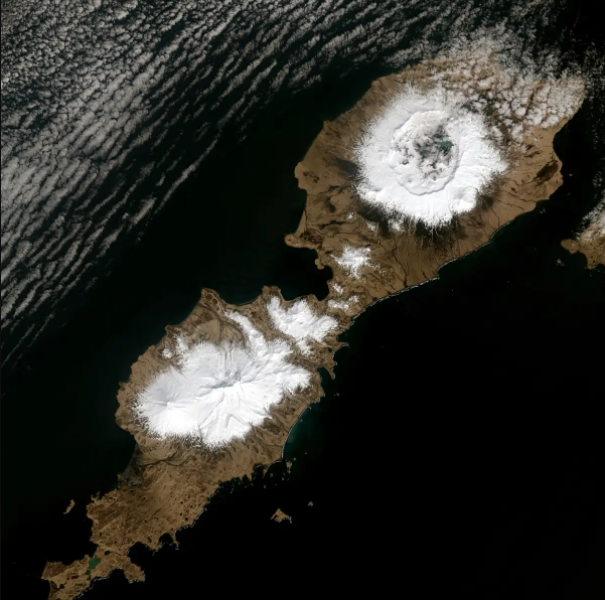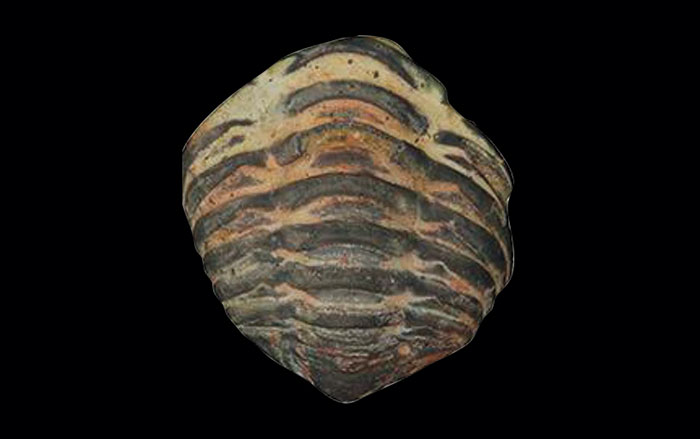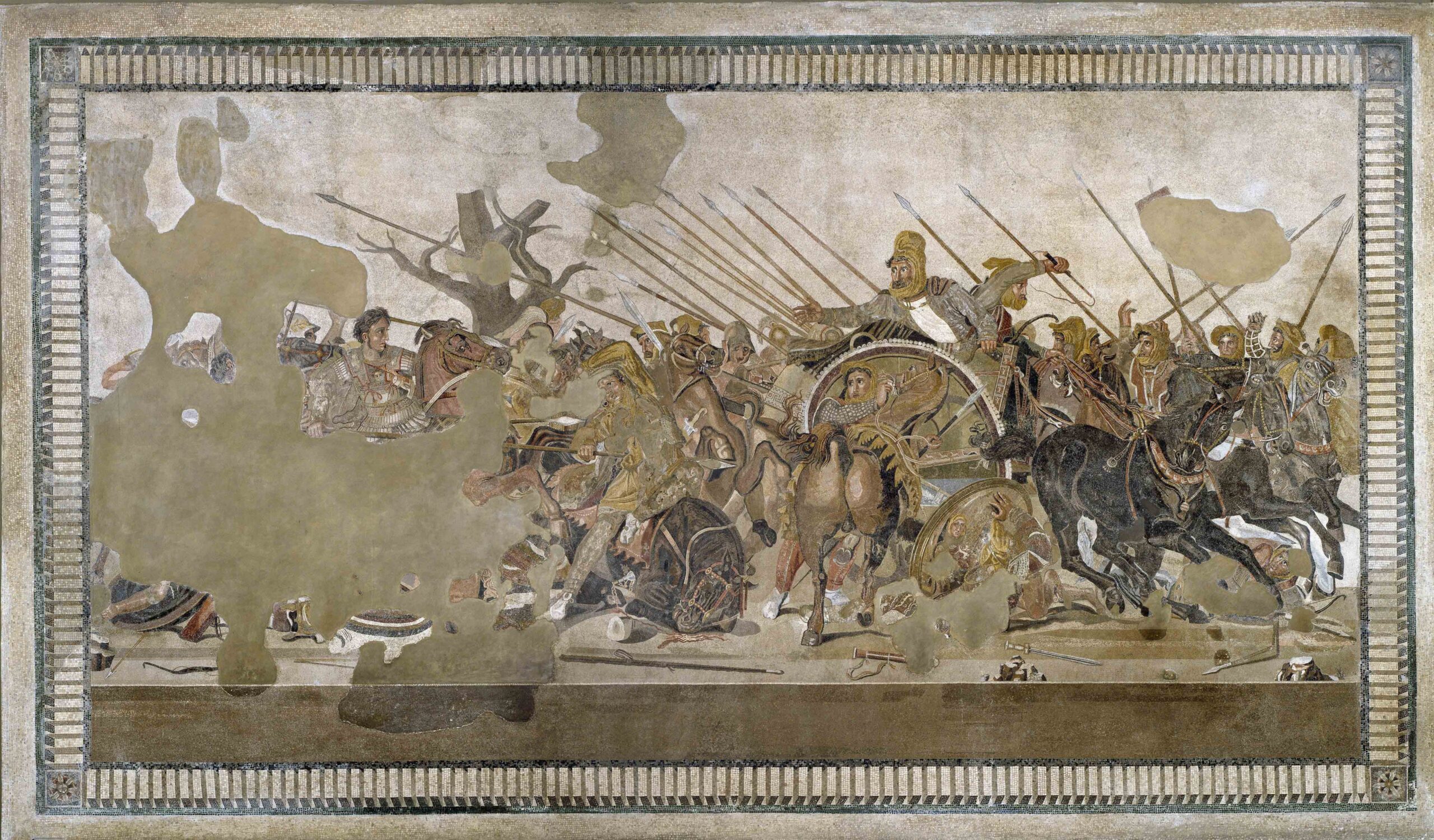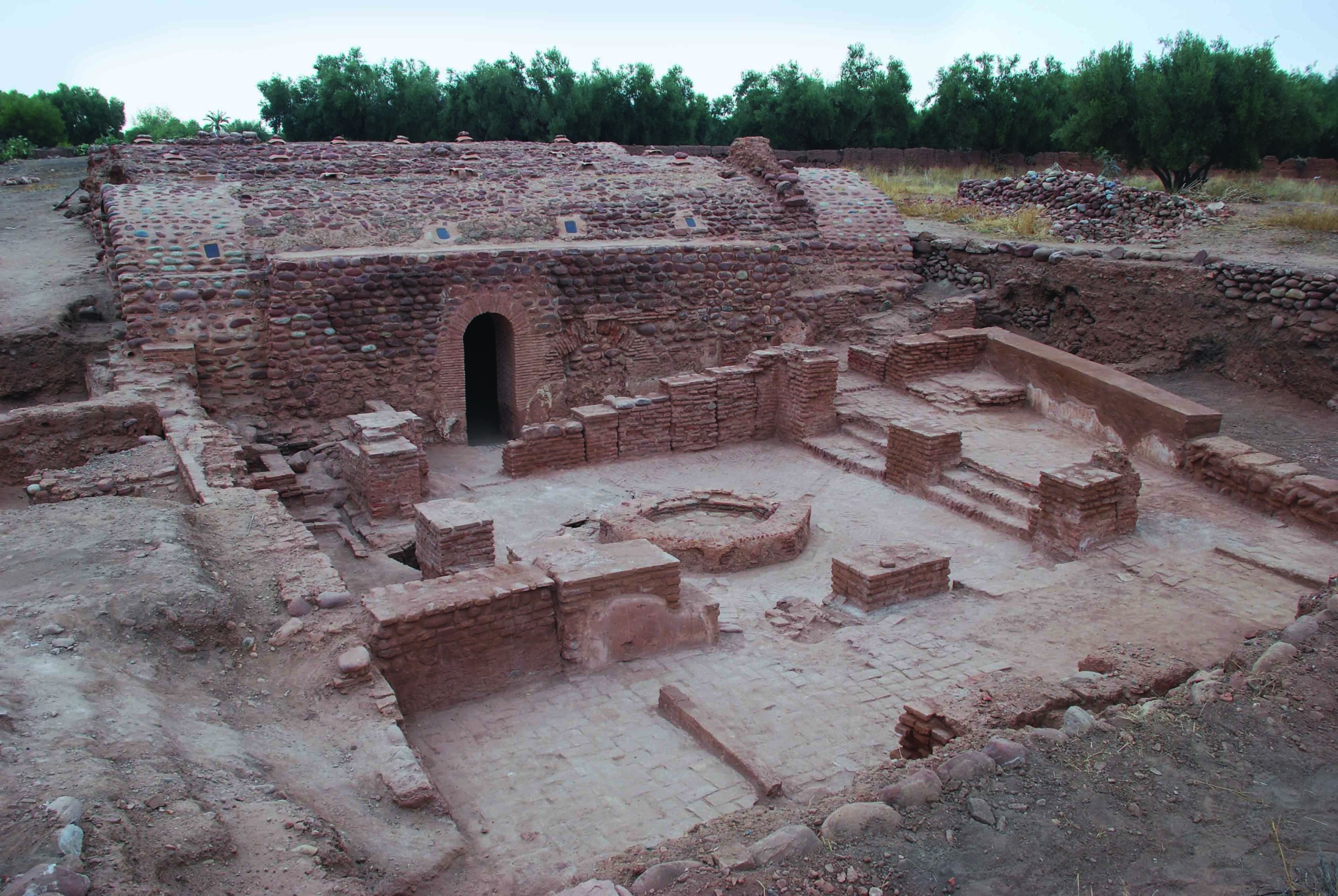
RENO, NEVADA—According to a statement released by the Desert Research Institute, Joe McConnell of the Desert Research Institute, Michael Sigl of the University of Bern, and an international team of their colleagues found evidence of two volcanic eruptions in Arctic ice cores that may have contributed to the fall of the Roman Republic and Egypt’s Ptolemaic Kingdom. Two years of fallout from the eruptions are thought to have triggered the extreme drop in temperatures and increase in rainfall experienced in the Mediterranean world at that time. Archaeologist Andrew Wilson of the University of Oxford explained that the change in weather would have probably reduced crop yields and increased transportation difficulties, possibly contributing to the famine and disease described by ancient sources. Atmospheric phenomena described as omens at the time of the assassination of Julius Caesar may have been caused by the eruption of Sicily’s Mt. Etna in 44 B.C., while analysis of ash from a second, massive event determined that it came from a 43 B.C. eruption of the Okmok II volcano, which is located on Alaska’s Umnak Island. McConnell said that researchers have long speculated that volcanic eruptions contributed to the unrest of the period. For more on correlating evidence from ice cores with historical events, go to "History in Ice."










